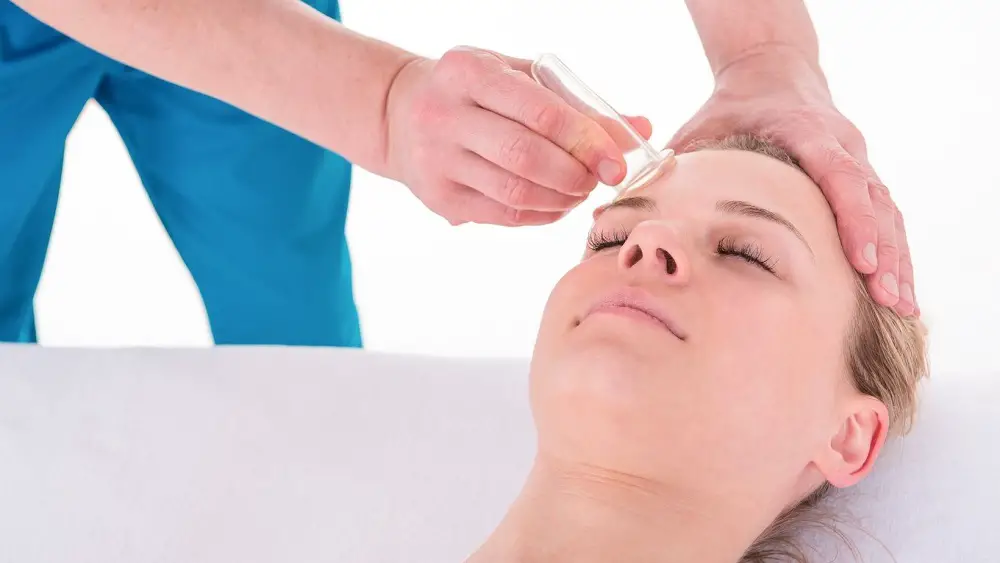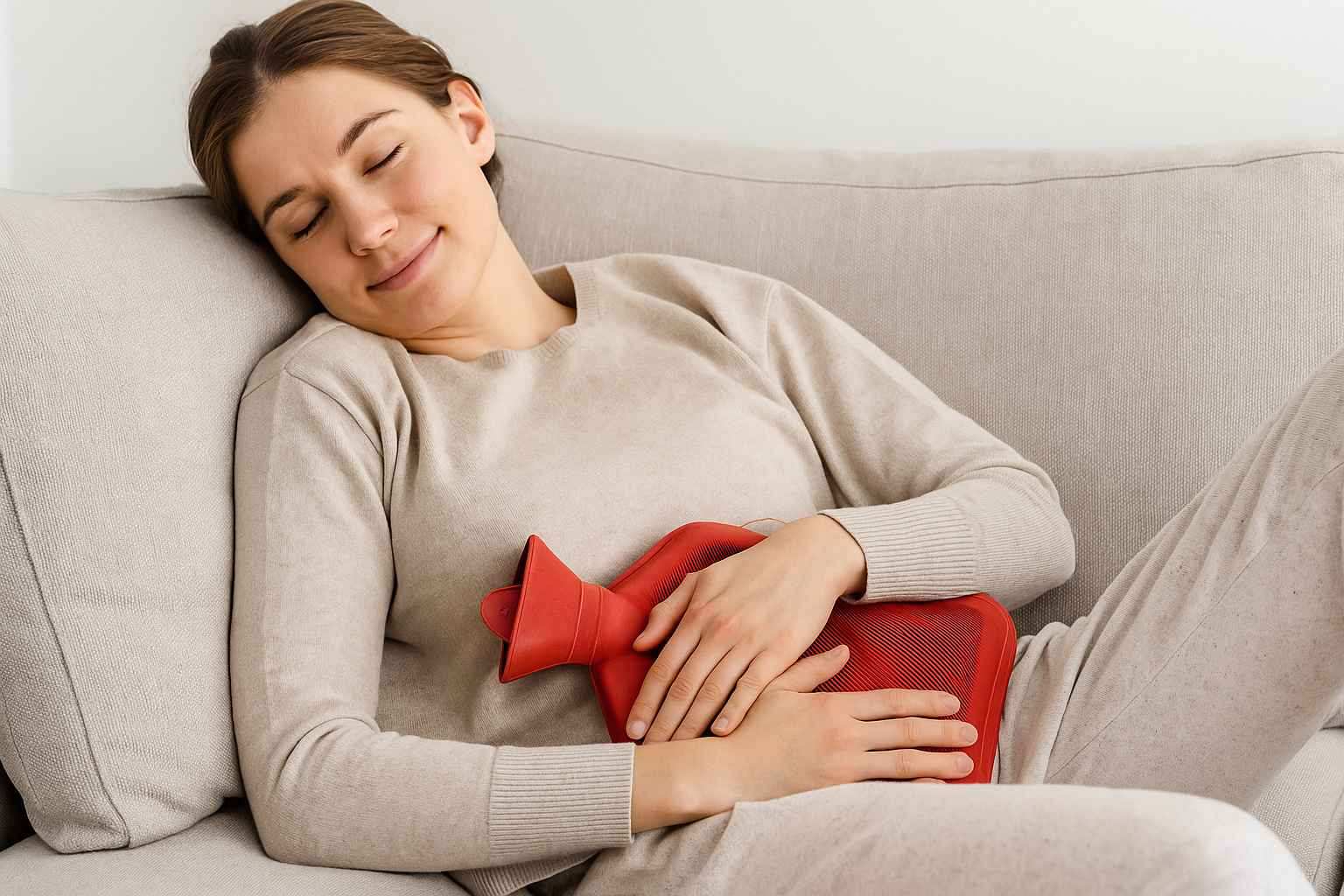Chronic fatigue is a frustrating condition that can result from any number of causes. I remember how much of my life seemed to be less enjoyable or put on hold when I was facing chronic fatigue. Daily tasks were draining, and after a number of doctors visits, I still lacked answers to this constant problem. I decided to take my healing into my own hands, and that’s when I found these acupressure points for chronic fatigue.
Over the course of a few treatments, I felt notable improvements, and my quality of life returned to normal. No one should have to face persistent fatigue all of their life, which is why I highly recommend using these acupressure points for chronic fatigue.
Is Acupressure Good For Chronic Fatigue?
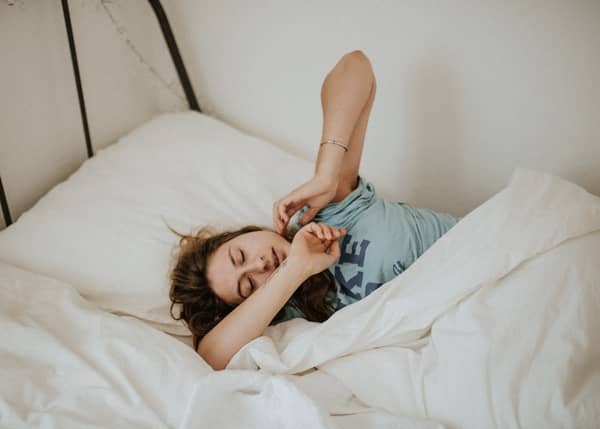
Acupressure is a valid treatment for chronic fatigue. Chronic fatigue syndrome is known to be a complicated condition that comes with extreme exhaustion and poor sleep, but direct causes are rarely known, making the condition difficult to treat.
Acupressure makes a valid treatment option because it is a relatively safe and easily accessible practice that can balance the body and help heal many of the triggers of chronic fatigue syndrome. The warmth generated from the hands used in acupressure is also considered to be helpful, especially since studies have proven the benefit of warm acupuncture.
What Is The Pressure Point For Chronic Fatigue?
Studies concerning the impact of Chinese acupuncture points for chronic fatigue have shown that there are multiple points related to this condition. These pressure points exist in various areas of the body, and they are all interconnected, but here are the acupressure points for chronic fatigue that I found to be the most useful.
Acupoint: GV-20 (Other Names: The Governing Vessel-20/Bai Hui/Hundred Convergence)
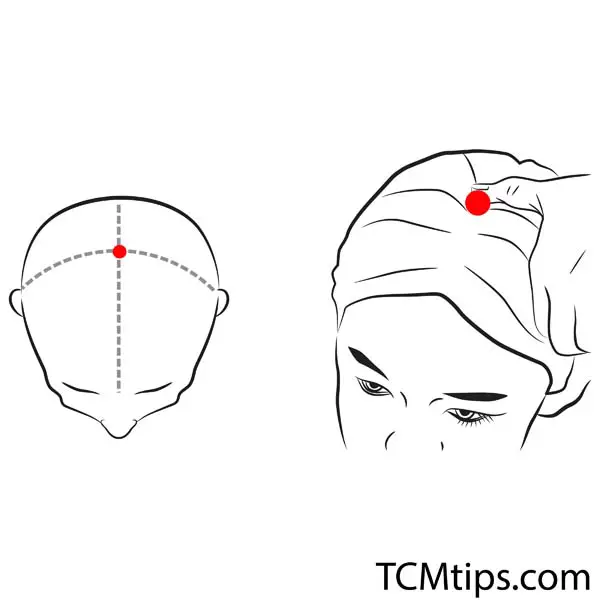
GV-20, also known as the Bai Hui point, is well used in acupressure points for facial paralysis. It has the ability to clear stagnant energy in the upper body with a focus on the brain. Aside from relieving headaches, balancing autonomic nerves, and clearing brain fog, this point can also refresh your energy!
You can locate this point on the crown of your head. It is placed directly between the ears, and you should apply gentle pressure to this point when fatigue hits.
Acupoint: Ren-17 (Other Names: The Conception Vessel-17/Shan Zhong/Middle of the Chest)
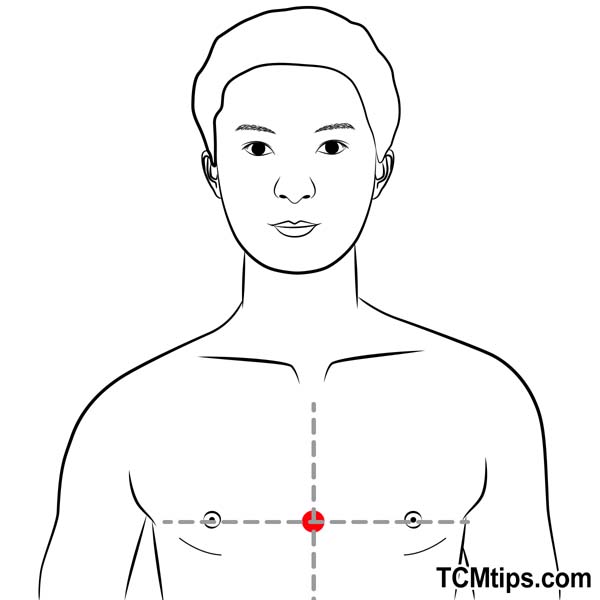
Anxiety is a heavy burden to bear. This condition can drain the body of energy and help chronic fatigue set in. Ren-17 is commonly used as one of a few acupressure points to relieve anxiety attacks, and once anxiety is better managed through the activation of this point, you should start to feel relief from your persistent fatigue.
This point can be located on the sternum, slightly above the nipples. To be specific, this point is in line with the fourth intercostal space. You should feel a slight indentation at this point where you can apply pressure for a few seconds.
Acupoint: Ren-4 (Other Names: The Conception Vessel-4/Guan Yuan/Origin Pass)
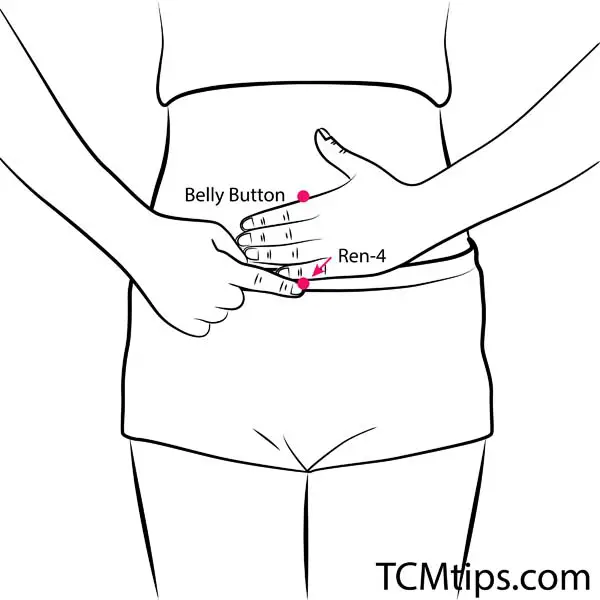
Sometimes, chronic fatigue is the result of the exhaustion of certain organs. Any part of your body, especially your kidneys, can drain your energy if they are unwell, which is why it is important to maintain a balance of functions in the body. Ren-4 is known for its inclusion in lists of acupressure points for numbness in hands, but it can also balance the internal organs and blood flow in ways that improve low energy.
To locate Ren-4, first, find your belly button. Next, measure four finger widths directly below your belly button. This should bring you right to the Ren-4 point, where you will apply firm pressure, but be careful not to apply so much pressure that you cause pain to this delicate area.
Acupoint: KI-1 (Other Names: Kidney-1/Yong Quan/Gushing Spring)
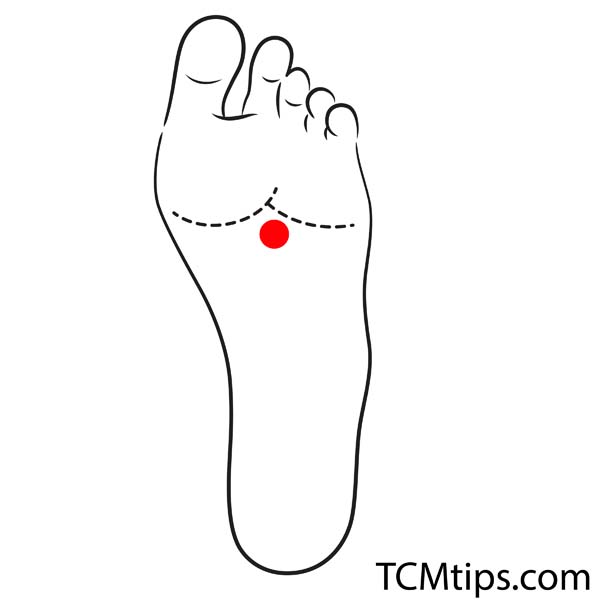
KI-1 is a popular point in acupressure for circulation in hands, but it holds many more benefits. This point is effective in relieving Qi stagnation, allowing warmth and energy to flow through the body naturally and making it one of the top acupressure points for chronic fatigue.
If you point your foot backward and look at the sole, you will notice an indentation towards the center. This indentation is located about two-thirds of the way from the heel to the toes. Apply firm pressure to this area; some people even add a light rubbing sensation when activating this point.
Acupoint: ST-36 (Other Names: Stomach-36/Zu San Li/Leg Three Miles)
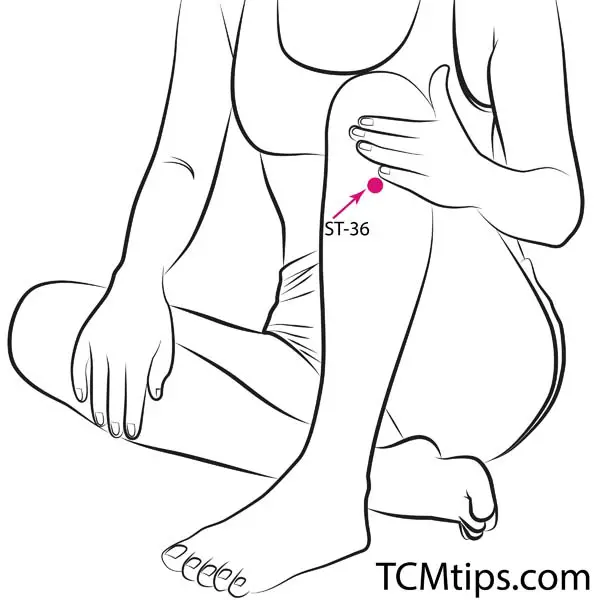
ST-36 is another point known for its ability to enhance Qi and the blood in ways that improve overall physical health and reduce fatigue. This stomach point is most well known as one of a few effective nausea and headache acupressure points because it is so effective at balancing the body’s inner functions.
To locate this point, you will need to start at the base of your knee. Measure four finger widths down. If you put your finger on your shin at this point and then slowly move it to the outer side of your shin bone, you will locate this point and activate it.
Acupoint: SP-6 (Other Names: Spleen-6/San Yin Jiao/Three Yin Intersection)
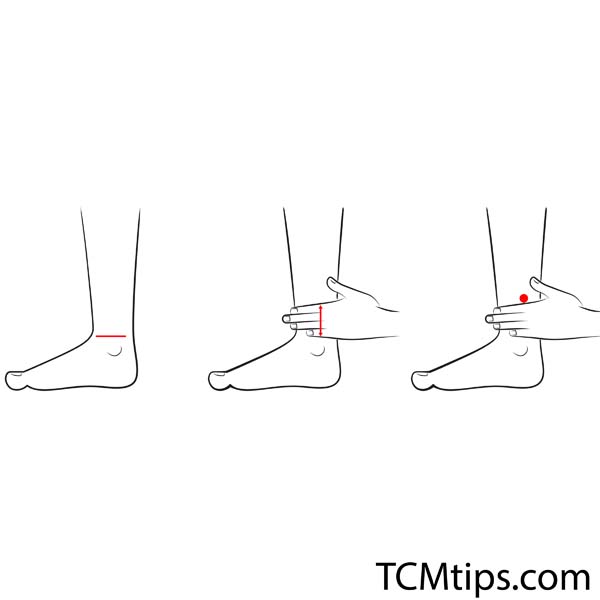
While SP-6 is a commonly recognized form of acupressure for headaches during pregnancy, it has many other uses. This point, like the two discussed prior, is great for improving the flow of Qi and blood, which effectively warms and heals the body. As an added benefit, this point can also aid in healing depression, allowing for relief from the fatigue of the mind.
Locating this acupressure point for chronic fatigue is easy. You simply measure four-finger widths up from the top of the protrusion on your inner ankle. The acupressure point lays directly above your ankle at the height found using the width of those four fingers. This area is mostly bone, so apply firm yet gentle pressure to activate this point.

Try our Anti-Aging Gua Sha Tool designed to bring out your skin’s natural glow.
Best Gua Sha Product- Anti-Aging: The tool is designed to target 11 specific aging signs such as wrinkles and sagging skin. By following the 7-step routine, users can improve skin firmness and reduce fine lines naturally.
- Enhances Skincare Routine: It works effectively with serums and lotions, boosting absorption and efficacy of skincare products.
- Visible Skin Improvement: Users can expect a smoother complexion, reduced puffiness, and a more youthful appearance.
 P. Sze
P. Sze 

